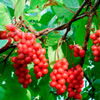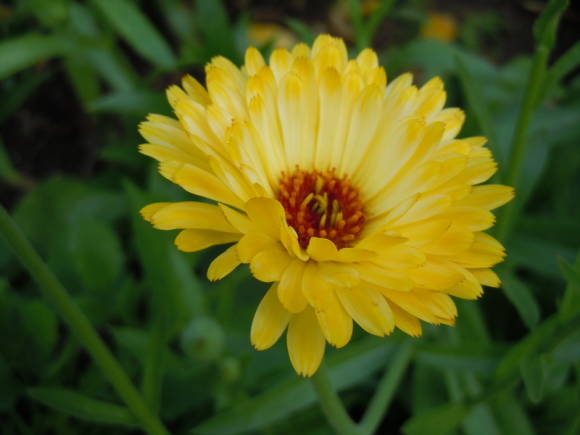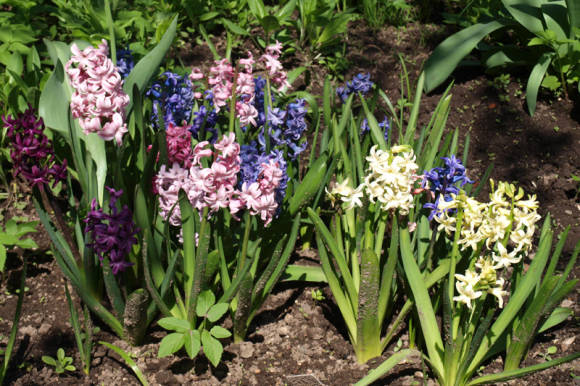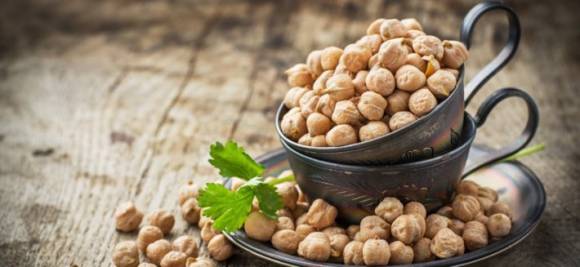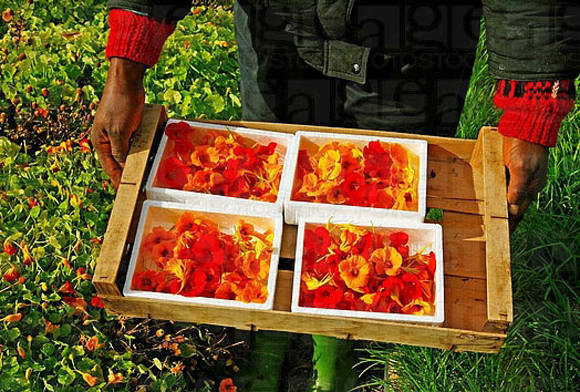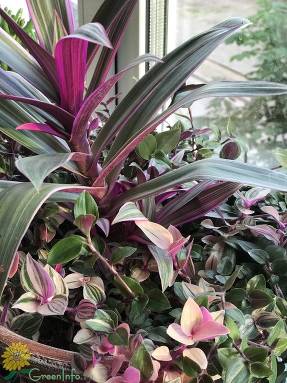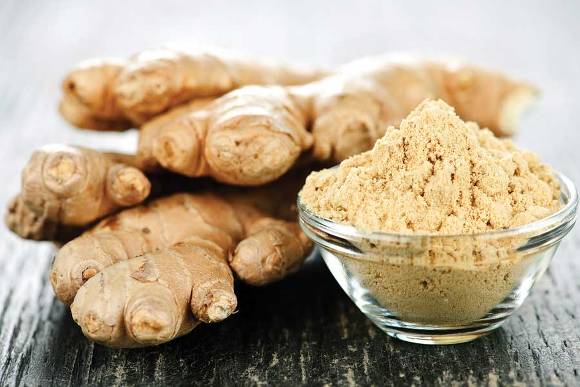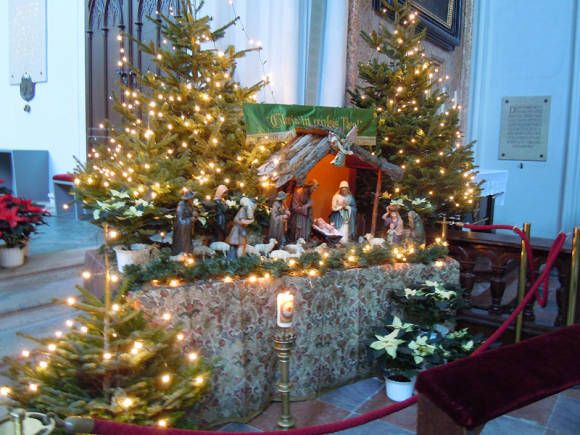Until the very end you will be nice to me
Lush flowers native to the North
K. Balmont
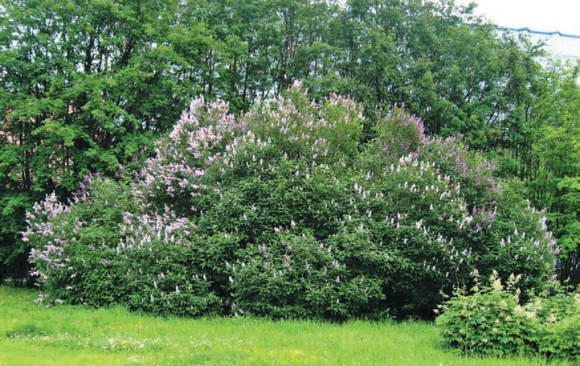
The city cannot be cozy without a green outfit. Bright decorative compositions of plants create special comfort, the need for which in the northern regions is due to unfavorable climatic and other stressful conditions (long winter, critical ecological situation, isolation of many residents of the Murmansk region from their homes). The indigenous population of the Kola Peninsula (Sami) is only 0.2%, and most of the adults in the region are from the more southern regions of Russia. The uniform appearance of populated areas of the Arctic Circle can be improved through the use of new woody introduced species, which are often more adapted to the conditions of the urban environment than native plants, reproduce more easily in culture, and grow faster.
In the center of the Kola Peninsula, next to the Khibiny Mountains, there is the Polar-Alpine Botanical Garden-Institute (PABSI) - the only one in Russia located beyond the Arctic Circle. Here, since the 30s of the last century, more than 20 thousand samples representing 944 species of woody plants have been tested in the collections of open ground. As a result of ongoing research, the assortment is constantly changing both in terms of species and in quantitative composition in accordance with the new requirements of the time. Today, the list of tree crops for landscaping northern settlements includes 136 species that are resistant in the Arctic and can become an ornament not only for urban objects, but also for personal plots. This list includes 44 types of trees, 87 - shrubs and 5 - woody vines. Its basis (77%) is represented by introduced species, among which most (74%) are flowering species [1].

Here is a description of the most decorative and resistant types of shrubs, both widespread and still rare in urban landscaping.
Among the most beloved and popular are Hungarian lilacs (Syringa josikaea). In 1936, 2-3-year-old seedlings were brought from the Botanical Institute (Leningrad) for testing under the conditions of the Kola Peninsula, and since 1940 the plant has served as an adornment of polar cities. Today it is the most common introduced here, which is found in every settlement. In the Murmansk region with. Hungarian reaches a height of 3 m (sometimes up to 4 m). Blooms from mid-July for three weeks. Inflorescences 10–20 cm long, loose, erect, pyramidal, with well-defined tiered branching. The flowers are lilac-purple, long-tubular, with a pleasant weak aroma. The fruits are set annually, but rarely ripen. At the end of July, the shoots stop growing and woody by winter. Leaves remain green until snowing. In the conditions of the region, the most effective breeding method is green cuttings. Massive and abundant flowering of plants grown from cuttings begins in the 6-7th year.
Among the introduced shrubs with. Hungarian is one of the long-lived cultures. In urban plantings, it can persist for more than 50 years, but rejuvenating pruning is required, the absence of which greatly affects
decorativeness.
Wild roses, or rose hips, are indispensable in northern landscaping. Many of them are very unpretentious, have a relatively high cold resistance, which allows them to be grown without shelter for the winter.

The most resistant rose is wrinkled (Rosa rugosa) - a highly decorative shrub up to 1.2 m high. For testing at PABSI in 1936, seedlings were brought from the Botanical Institute of Leningrad, and in 1946 - seeds of wild specimens from South Sakhalin. It blooms from early August until frost, but most of the buds do not have time to open. The flowers are large (up to 12 cm in diameter), pink or dark red, rarely white, fragrant. Bulb-shaped fruits, up to 3 cm in diameter, bright red or orange.
In addition to flowers and fruits, shiny leaves are decorative, which retain their green color until late autumn. This species is highly resistant in the Arctic, although sometimes in severe winters fatty shoots are damaged by frost. Easily propagated by green and lignified cuttings and seeds. For the bushes to thrive, you need a fertile soil without stony interlayers, a sunny location and sufficient moisture (no stagnant water).
In recent years, various spireas have become widespread in urban greening, many of which tolerate cold and long winters well. The most in demand are with. middle and s. willow.
 |  |
Spirea average (Spiraea media). An erect, branched shrub 1.8 m high. In 1936, live plants from the Eastern Sayan Mountains were delivered to the Garden; it has been used in urban landscaping since 1944. It blooms from the end of June for 2-3 weeks. Flowers up to 8 mm in diameter, white, collected in corymbose inflorescences. Seeds ripen in large quantities in late August and early September. The crimson color of the leaves, which appears in early autumn and persists until leaf fall (late September), is very effective. In the Arctic, this species is best propagated vegetatively. Bushes grown from cuttings bloom in the 3rd year. C. medium lends itself well to shearing, therefore it is suitable for hedges.

Spirea willow (Spiraea salicifolia). A highly decorative shrub up to 2 m high. This species first appeared in PABSI in 1936, it was introduced into urban landscaping in 1940. In the Murmansk region it blooms from early August until the onset of frost. In some years it freezes slightly, but in the spring there are many coppice shoots, forming a lush and wide bush.
Today with. willow leaf is one of the top ten woody introduced species, which are used in the landscaping of polar cities. It is especially appreciated for its spectacular flowering, when the pink inflorescences stand out against the background of the autumn foliage of native species. It is widely used in groups and ordinary planting, but, unfortunately, it is short-lived: in urban conditions it retains its decorative effect for 15–20 years.
Various types of honeysuckle are interesting and promising for green building, as well as for use in summer cottages and household plots. The study of some of its representatives began at PABSI at the first stage of the introduction work in 1932–1956.
Currently, in street plantings and squares of polar cities, Tatar honeysuckle (Loniceratatarica). For the first time in the collection of the Botanical Garden, it appeared in 1934, when its seedlings were brought from Leningrad, and since 1941 it has been used in landscaping. In the conditions of the Murmansk region, this is the tallest honeysuckle, which can reach 3 m. It blooms profusely, usually from the first decade of July, for 15–25 days. The fruits ripen only in favorable years. In specimens with pink flowers, red fruits are formed, with white ones - orange-yellow. It tolerates planting well, can propagate by cuttings. When grown in urban landscaping, the greatest decorative effect reaches 10-15 years, but in the Far North it grows old early, so after 30 years the bushes must be replaced.
Among the introduced species, the most resistant to adverse environmental conditions, is the mountain ash (Sorbaria sorbifolia). It is a shrub up to 2 m high. For the first time it was brought to PABSI from Leningrad in 1935. It has been used in landscaping in the Kola North since 1941, it is found in every settlement, but, unfortunately, in limited quantities. Decorative during flowering (July – August) and, thanks to yellow leaves, in autumn. White flowers are collected in large (length 10-30 cm, width 5-12 cm) terminal panicles. Vegetation begins early, even before the snow cover completely disappears. It propagates well with green and lignified cuttings. Thanks to the abundant growth, it grows into a lush bush.
In 2008according to the results of many years of research, dyeing gorse and white svidina were included in the range for landscaping.

Dyeing gorse (Genista tinctoria). A semi-shrub up to 70 cm high. Tested in PABSI since 1938. It blooms in late summer. The flowers are bright yellow, butterflies, collected in a dense apical leafy brush. The fruit is a large, black, slightly curved pod containing 6–10 seeds. Fruits practically do not ripen in the Kola North. Here the plant behaves more like a herbaceous perennial: the shoots completely die off for the winter and grow back in early summer.

Derain white, or white svidina (Cornus alba). Ornamental shrub up to 3.5 m high. It has been tested in PABSI since 1976, when the cuttings were brought from Karelia (Petrozavodsk). But the first samples turned out to be not very winter-resistant and froze up to the root collar. Plants grown from seeds brought from Yakutia were absolutely resistant, bloomed profusely and bore fruit. In addition, it turned out that the Yakut specimens retain the carmine-red color of the shoots for a very long time, while the European ones quickly lose it, becoming grayish-green.
Blooms in June-July for 28 days. White flowers with long stamens are collected in corymbose inflorescences 3-5 cm in diameter. Fruiting from 3-4 years of age in the second half of August. Fruits 8-9 mm in diameter, bluish at first, white when ripe, inedible. In summer, dark green leaves and creamy white flowers give the plant a special decorative effect, in autumn - bright purple leaves and bluish-white fruits, in winter - red shoots. In urban plantings, it occurs singly in the form of tapeworms and small groups.
Kuril shrub tea is no less interesting in culture., or cinquefoil (Pentaphylloides fruticosa), which is highly decorative, stable in planting, but, unfortunately, has not become widespread in the polar cities. Branched shrub up to 1 m high, with complex leaves, consisting of 5 yellowish-green leaves. It has been tested in PABSI since 1934, when the seeds came from Tomsk and the Pamir Botanical Garden. It blooms for a very long time from late June until frost and is very noticeable due to the large number of golden-yellow flowers, up to 2 cm in diameter. In autumn, it is decorative due to yellow or purple-violet leaves. This typical northern Siberian plant, extremely hardy to adverse environmental conditions, can be recommended for widespread use in various settlements of the Murmansk region.
Literature.
1. Gontar O.B., Zhirov V.K., Kazakov L.A., Svyatkovskaya E.A., Trostenyuk N.N. Green building in the cities of the Murmansk region. - Apatity: Publishing house of KNTs, 2010 .-- 225 p.
